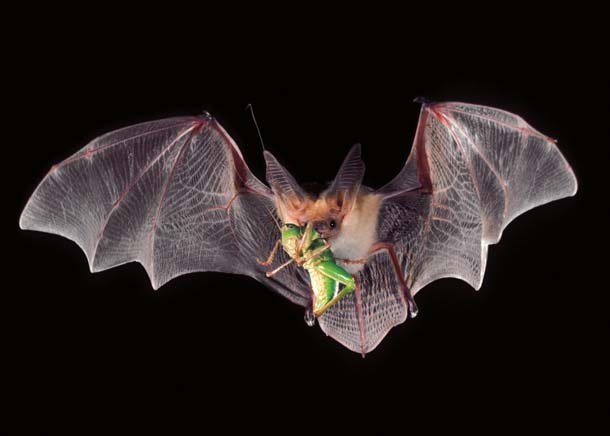
 Agriculture is a costly business. You need seeds to plant, fertilizer to make it grow and machinery to harvest. Unfortunately, we grow most of this food in big, exposed landscapes providing a delicious buffet for billions of insects. It is no surprise, therefore, that pesticide is one of the biggest expenses for British farmers (£720 million in 2009, DEFRA)
Agriculture is a costly business. You need seeds to plant, fertilizer to make it grow and machinery to harvest. Unfortunately, we grow most of this food in big, exposed landscapes providing a delicious buffet for billions of insects. It is no surprise, therefore, that pesticide is one of the biggest expenses for British farmers (£720 million in 2009, DEFRA)
This number, however, does not reflect the true amount of pest control that is being carried out in fields around the world. As well as being killed by human action, insects are eaten by a wide variety of species. In doing so, these insectivorous animals are doing a great service to farmers – providing a quick, easy and environmentally friendly service for free. A paper, published in Science, has calculated that bats are worth over $22.9 billion dollars a year in the US alone. For example, a single colony of 150 big brown bats (Eptesicus fuscus) eats nearly 1.3 million insects each year. Their value is even greater than this, when you consider that, like bees, they pollinate a large number of crop species. They’re also a good fertilizer – providing tonnes of nutritious bat guano every night.
By reducing the use of pesticides, the bats have not only saved farmers money. Less amounts of pesticide in the environment means a lower environmental impact from farming. It also lowers the risk of insects evolving resistance to pesticides.
Bat numbers, however, are dropping in the US at astonishing levels. White-nose syndrome (WNS), caused by a fungus, has killed an estimated one million bats, with some colonies declining by 70%. The fungus infects the skins of bats, and results in the bats depleting the energy reserves too quickly. WNS has only been observed since 2006 in New York, but has spread rapidly west across the US and Canada.
If that weren’t bad enough, bats are being threatened by wind turbines – a little ironic perhaps considering they were designed to help the natural environment. It is thought that bats are dying from both direct collisions with the turbines and from lung damage caused by pressure changes in the air around moving turbine blades.
The loss of such a large number of bats is concerning. Ignoring the ecological and environmental implications of losing a vociferous predator in such a large area, bats are a necessary part of our agricultural economy. Even a small investment in monitoring and protecting bat species could save millions of pounds in the long run. In times of economic hardship, such as these, should we not be doing more to help those things in the natural world that help us? It seems only fair.